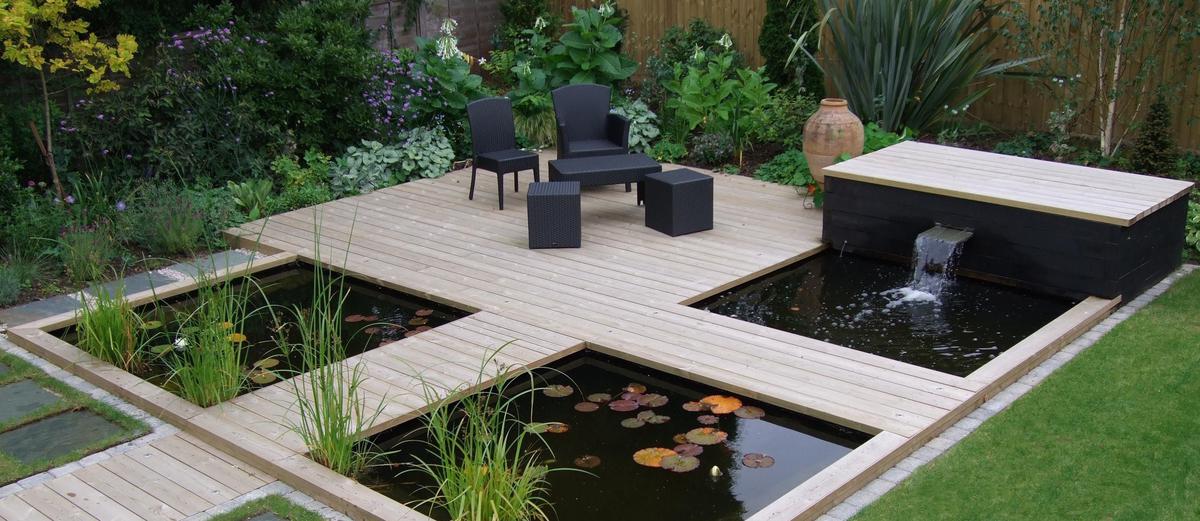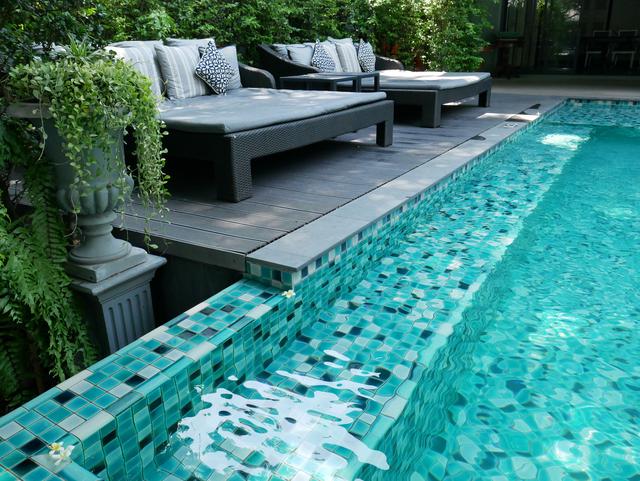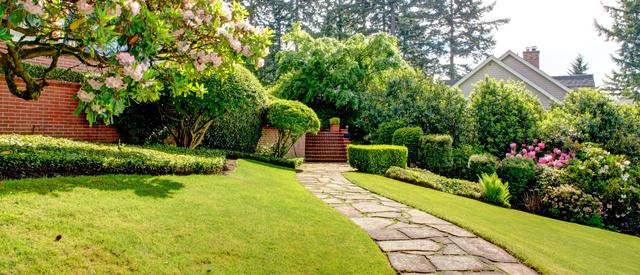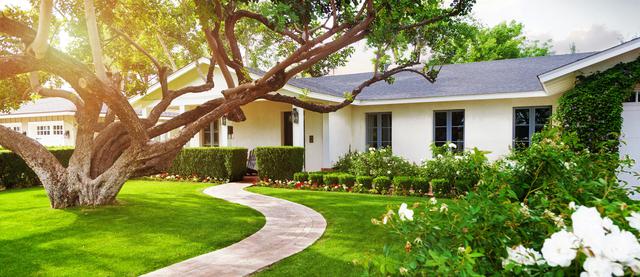Installing a pond in your yard can be a wonderful addition to any home. Ponds can create a peaceful and tranquil atmosphere, attract wildlife, and add beauty to your outdoor space. However, many homeowners are surprised by the realities of pond installation. Here are some of the biggest surprises that homeowners encounter when installing a pond.
Pond Maintenance
One of the most significant surprises that homeowners encounter when installing a pond is the amount of maintenance required to keep it clean and to function properly. Ponds require regular cleaning to remove debris and prevent the buildup of algae and other harmful substances. In addition, maintaining the correct water levels and ensuring proper water circulation is essential to keep the pond healthy. Homeowners should also be prepared to invest in pond equipment such as pumps, filters, and skimmers to help keep the pond clean and clear.
Cost
Another surprise for many homeowners is the cost of installing a pond. While a small, basic pond can be relatively inexpensive, larger, more complex ponds can be quite costly. The cost of materials, labor, and equipment can quickly add up, and homeowners should budget accordingly. In addition, ongoing maintenance costs should also be factored into the budget.
Legal Requirements
Many homeowners are also surprised to learn that installing a pond may require permits or approvals from their local government. Depending on the size and location of the pond, homeowners may need to obtain a permit or approval from their city or county. It is essential to check with local authorities before starting any pond installation project.
Environmental Impact
Homeowners may also be surprised by the environmental impact of a pond. Ponds can attract a wide variety of wildlife, including frogs, turtles, and birds. While this can be a positive aspect of a pond installation, homeowners should be aware that ponds can also attract unwanted animals such as raccoons or mosquitos. Additionally, pond installation may require the removal of trees or other vegetation, which can impact the local ecosystem.
Water Conservation
Finally, homeowners may be surprised by the amount of water required to maintain a pond. Ponds require a consistent water supply to maintain proper water levels and prevent stagnation. Homeowners should be mindful of water conservation efforts and consider using rainwater or recycled water to maintain their ponds.
In conclusion, while installing a pond can be a beautiful and relaxing addition to any home, it is essential for homeowners to be aware of the realities of pond installation. Maintaining a pond can be time-consuming and costly, and homeowners should be prepared to invest in equipment and ongoing maintenance. In addition, legal requirements and environmental impact should be considered before starting any pond installation project.






comments